WatchOS 26 and Wear OS 6 take different approaches to the same problems
Apple and Galaxy Watches are getting flooded with AI personalization; the question will be how well it works.
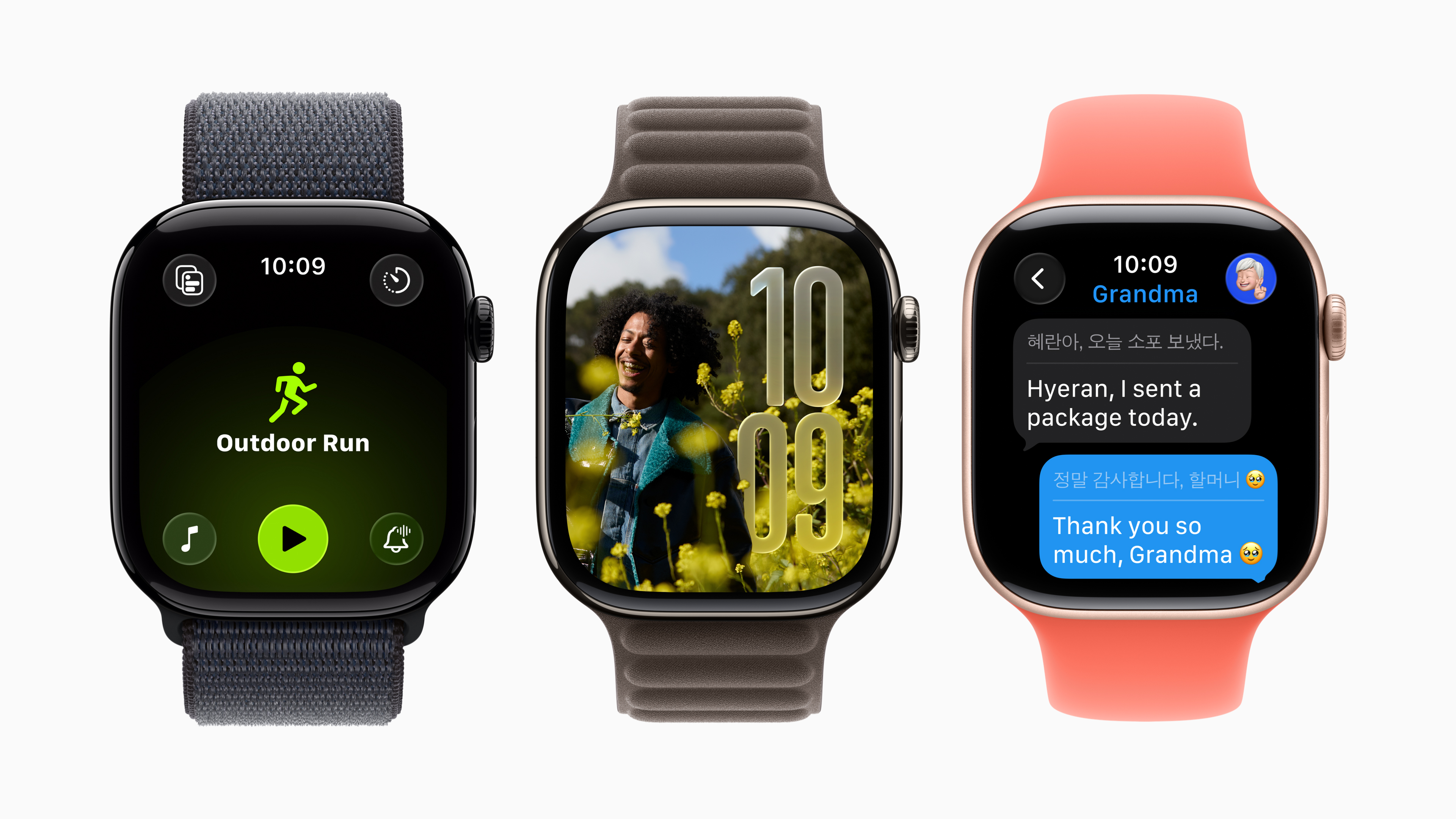
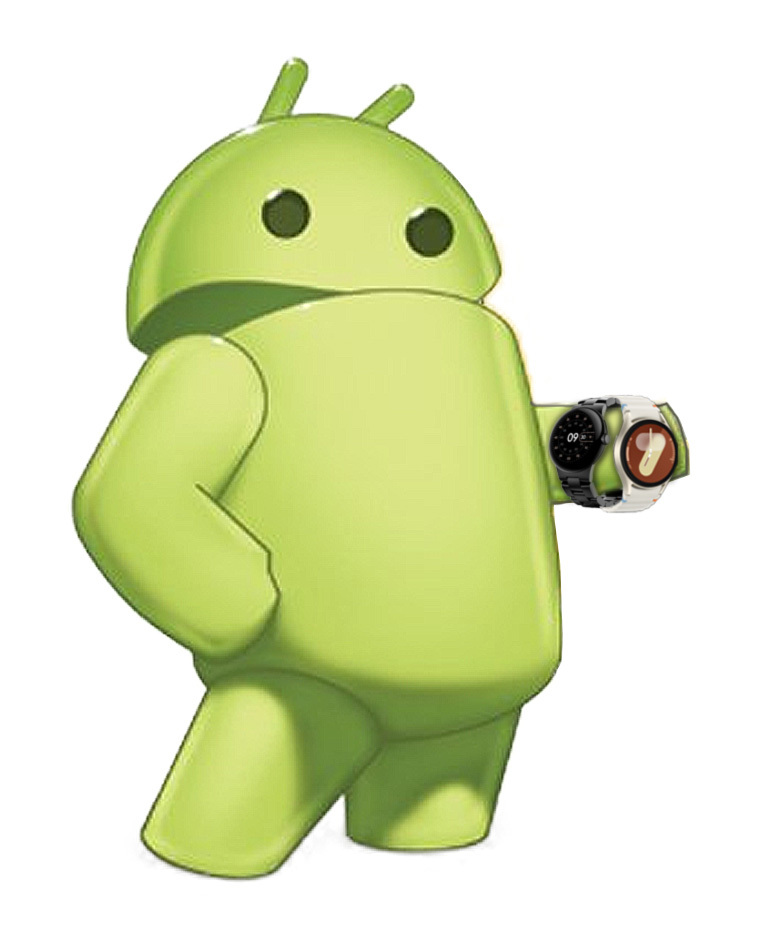
My weekly column focuses on the state of Wear OS, from new developments and updates to the latest apps and features we want to highlight.
WatchOS 26 and Wear OS 6 will arrive later this year, and it's fascinating to see how Apple, Google, and Samsung are taking different approaches to keep their watches relevant amidst this year's AI explosion.
Watching WWDC tends to trigger a zero-sum mindset for Android phone fans, pointing out the new iOS 26 features stolen from Android or how Apple Intelligence falls short of Gemini.
On the wearable front, though, feature thievery is rampant and indiscriminate. Galaxy and Pixel Watch owners eagerly await when these brands will "borrow" better fitness watch features or Apple tools like the Smart Stack.
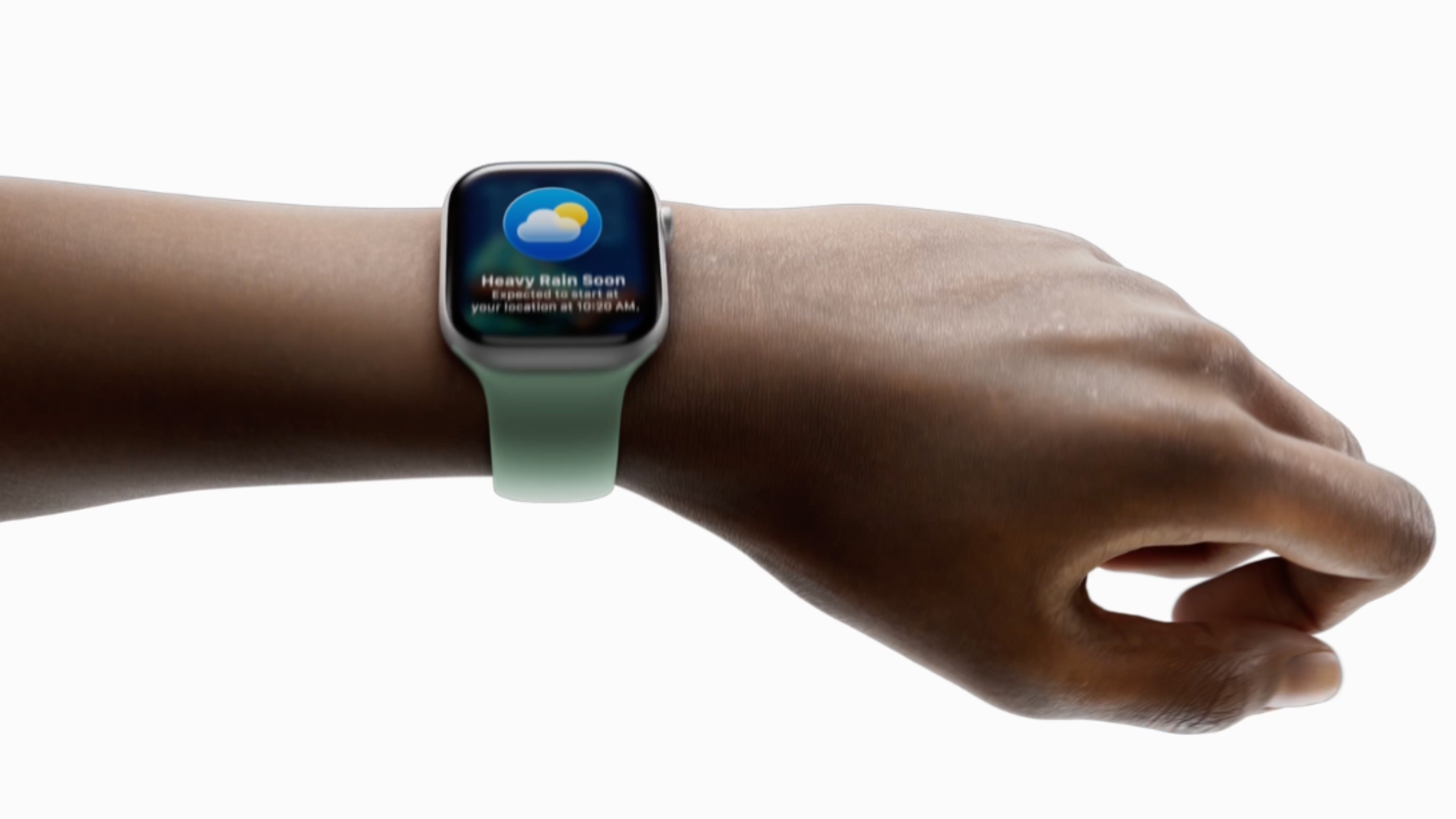
I can point out that the Galaxy Watch 7 already has an equivalent to Apple's "new" wrist-flick gesture for dismissing notifications, or that Google Keep preempted Apple Notes on watches.
However, Apple beat Samsung and Google to the punch with fitness tools like running dynamics, custom workouts, and training load, as well as key safety features.
Checking who was "first" to a smartwatch feature isn't important (at least to me). What's more relevant is who executes a feature well, despite hurdles like battery life, weak CPUs, and tiny screens.
It's clear from Apple's watchOS 26 presentation, plus Google and Samsung's Wear OS 6 plans, that revamped UI, personalization, and AI are the priorities for smartwatches in 2025. However, only the Apple Watch 11, Galaxy Watch 8, and Pixel Watch 4 can demonstrate which brand can actually deliver in reality.
Get the latest news from Android Central, your trusted companion in the world of Android
Can Apple Intelligence or Gemini anticipate your needs?

WatchOS 26 will use "prediction algorithms" based on your contextual, sensor, and routine data to create Smart Stack hints, or "actionable suggestions" that pop up as tiny icons on the main watch face.
For example, it'll show a Pilates pop-up if your GPS shows you at the studio where you usually work out. Or the Watch can pick "the best playlist for a user’s workout based on the workout type and their personal tastes."
Other key watchOS 26 tools rely on AI, such as "more precise" on-device Smart Replies and "relevant action" suggestions based on the message, like opening Apple Cash if a friend requests money.

We also know from a One UI APK teardown that Samsung (allegedly) plans to add the Now Bar tool. You'd make a double-tap gesture to pull up contextually relevant apps from the home view, such as music controls.
In both cases, Samsung and Apple claim that they know your routines so well that they know what you'll want, saving you the swipes or voice command to find it. But can Gemini or Apple Intelligence be trusted for this, or will these suggestions be too simplistic? We'll find out soon enough!
Simply from a UI perspective, I like Apple's Smart Stack because it can throw a few suggestions on top, while a Now Bar seemingly only has room for one guess. Google's new smooth-morphing Wear OS 6 UI could create an equivalent to Smart Stack, but so far, Google only uses it for notification Cards.
Workout Buddy: AI coach or another novelty?
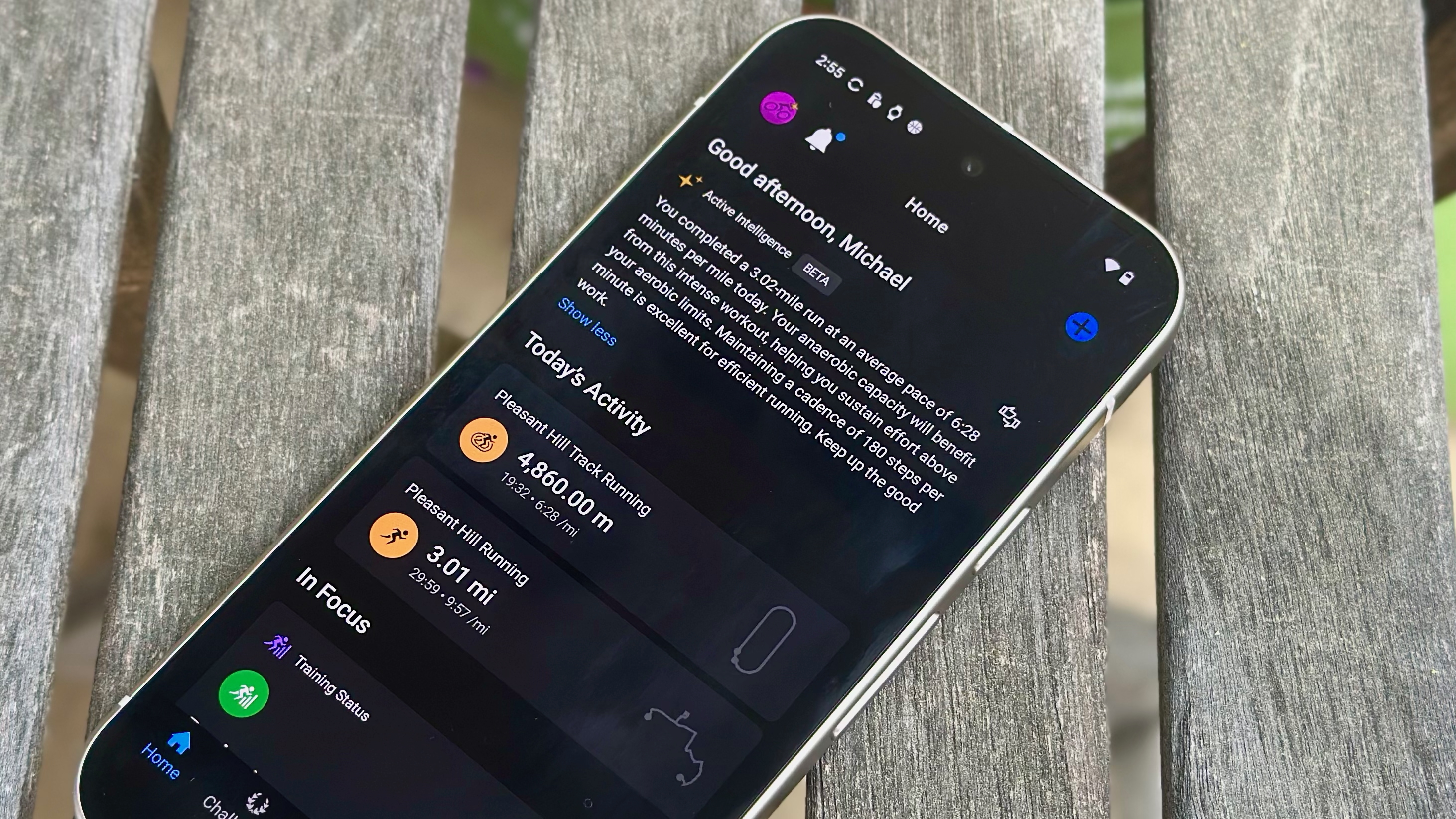
Apple's Workout Buddy will use Apple Intelligence to point out relevant info during and after workouts, such as "You’re 18 minutes away from closing your Exercise ring," "You picked up the pace and ran that last one in 8 minutes," or that you "just crossed the 200-mile mark" for the year.
This immediately reminded me of Garmin Connect Plus, which has an AI chatbot that summarizes your recent stats in the app, or Strava's Athlete Intelligence data that judges every workout. Other chatbots exist, too, with varying levels of accuracy and usefulness.
Frankly, Apple's vision of AI coaching sounds somewhat simplistic, focusing on rings and basic trivia that can be seen on your watch. However, it may delve deeper into topics like training load and heart rate zones, and at least Apple's audio version can provide this information during workouts for motivation.
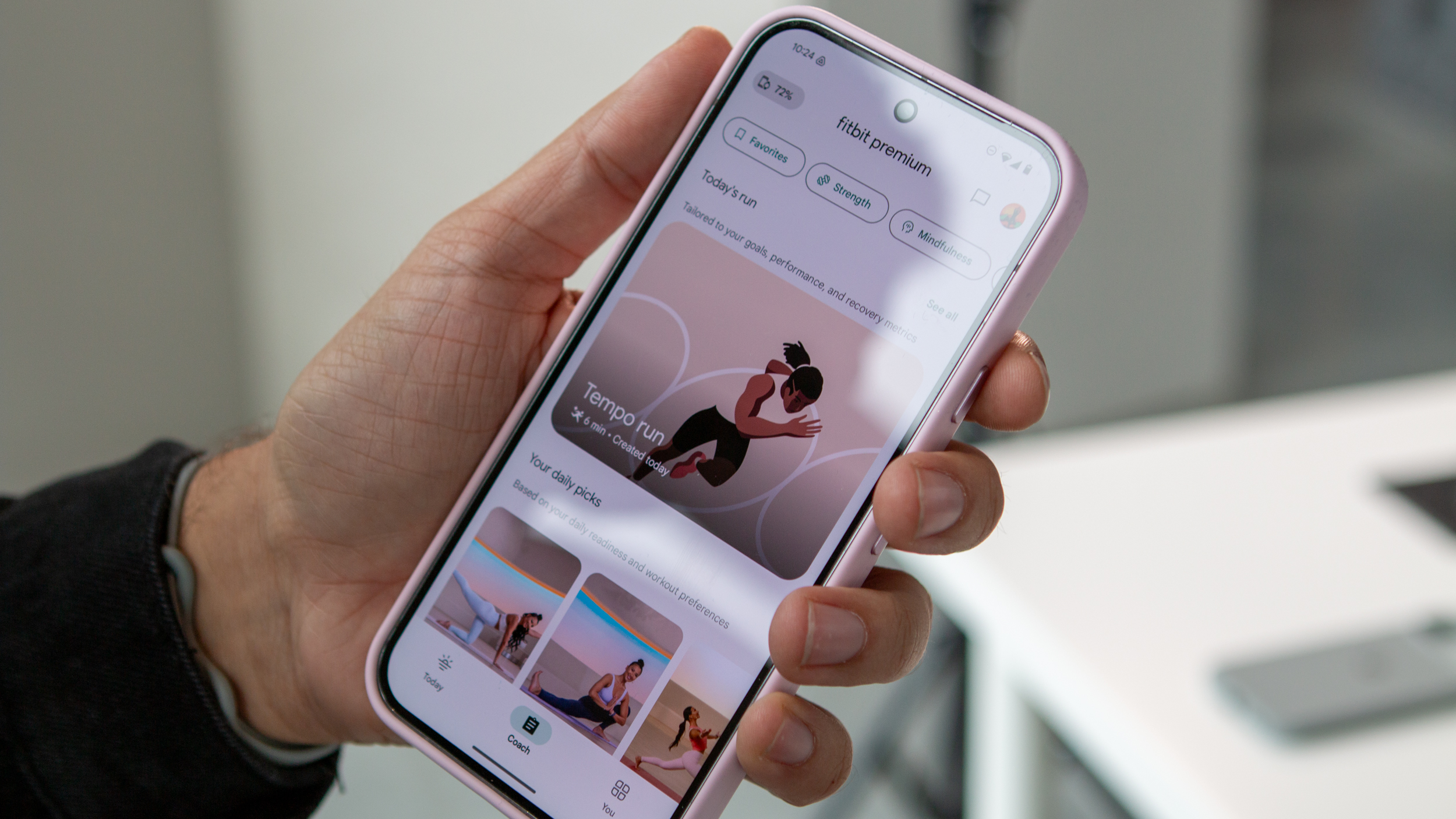
For comparison, Fitbit Premium added AI running coaching and suggested workouts last year, based on your fitness level and Cardio Load. Apple has the obvious lead in at-home video workouts with Fitness Plus, but not AI workouts. It has a new Fitness UI to emphasize Custom Workouts, but not everyone has the time to create those themselves.
Apple says that its Workout Buddy will work for running, walking, cycling, HIIT, and strength training — a broader range than Fitbit's focus on running. But will it offer anything more insightful than analyzing your duration, pace, and heart rate? That'll be the real test of its usefulness.

As for Samsung, it's reportedly working on some kind of basic Running Coach this year, but details are vague. Its bigger focus is a Samsung Health AI Coach that will let you "ask questions, get real-time insights, and receive personalized coaching," as well as offer "personalized nutrition advice" and "tailored meal plans and recipes."
A generalized Health coach for your lifestyle might have broader appeal than Apple and Fitbit, which focus so heavily on AI fitness. Or it'll be too broad or generic, making it easy for people to ignore Samsung's advice. Again, it's hard to say until we see these insights in action.
Material 3 Expressive vs. Liquid Glass

If you want me to pick a winner between Google's Material 3 Expressive and Apple's new Liquid Glass, I have bad news for you: I love them both.
Both designs turn weaknesses into strengths, accepting the limited space of a smartwatch screen and stylizing content so that it naturally fits better into small spaces while looking cool doing so.
WatchOS 26's Photos watch face hides portions of the time stylistically so that it's still visible but fits in with whatever the featured photo is. And when you open other content, the watch uses "real-time rendering" to refract key content out onto empty space. The background colors reinforce whatever your eyes are supposed to focus on.

I also appreciate how Apple plays into its square display space for the redesigned Fitness app by adding functions like custom workouts or race routes into each corner.
It's a perfect UI choice to have the main content sit in the center, surrounded by colorful empty space, with more functions along the edge that are spread apart enough to avoid mis-taps.

It's very similar to how Wear OS 6's new Tiles fit several more buttons than before, making them more useful, with set elements at the top and bottom to make the UI familiar to users.
Plus, the new design nicely hugs the round display edge, with content naturally morphing to fit whatever amount of space it has. Round displays can't match square ones for sheer space, but Wear OS can at least make content more useful when it's squeezed into a smaller portion of space.
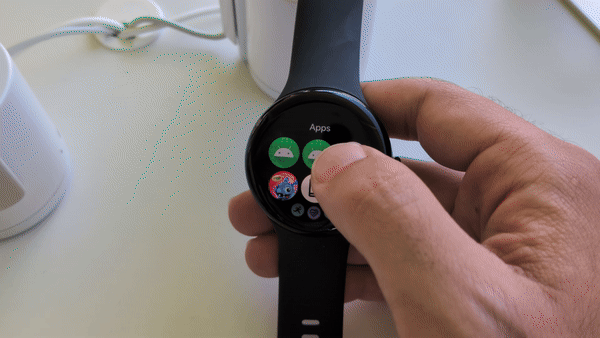
I like how Liquid Glass samples on-display content to push unique color schemes, but Wear OS's dynamic color theming based on your watch face is cool as well, giving you more of a choice to express yourself in how things look.
Different strokes
Apple and Google have taken different paths to make software on a smartwatch look stylish, and when Samsung reveals its new UI, it'll also have a very different take.
Considering that Apple and Android watches will soon be flooded with similar AI tools trying to anticipate your needs, I find it comforting that, at the very least, these watches will all take different approaches in other areas like UI.

Michael is Android Central's resident expert on wearables and fitness. Before joining Android Central, he freelanced for years at Techradar, Wareable, Windows Central, and Digital Trends. Channeling his love of running, he established himself as an expert on fitness watches, testing and reviewing models from Garmin, Fitbit, Samsung, Apple, COROS, Polar, Amazfit, Suunto, and more.
You must confirm your public display name before commenting
Please logout and then login again, you will then be prompted to enter your display name.
